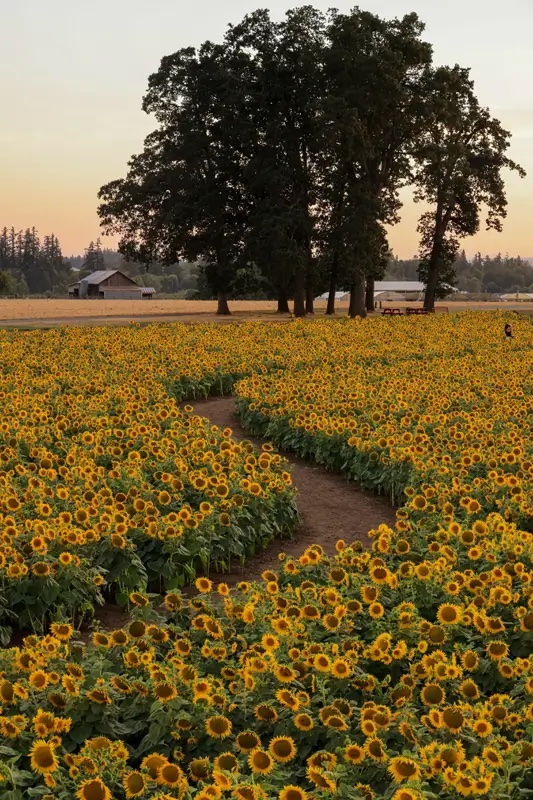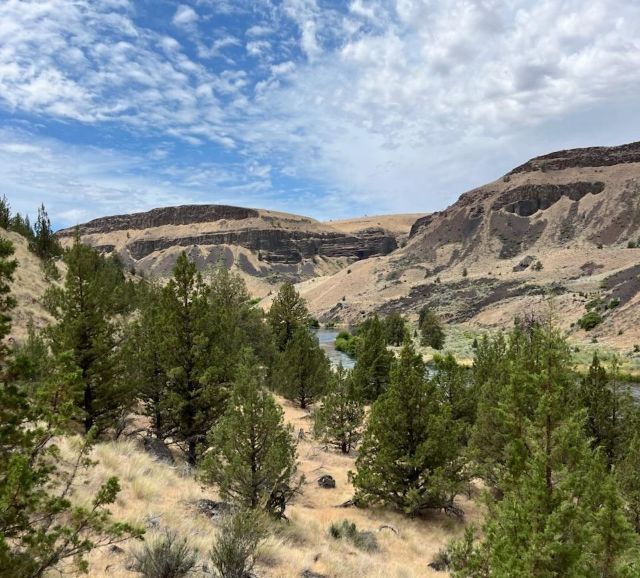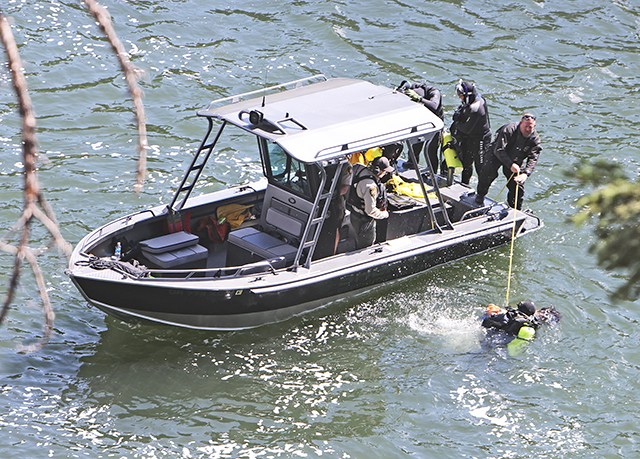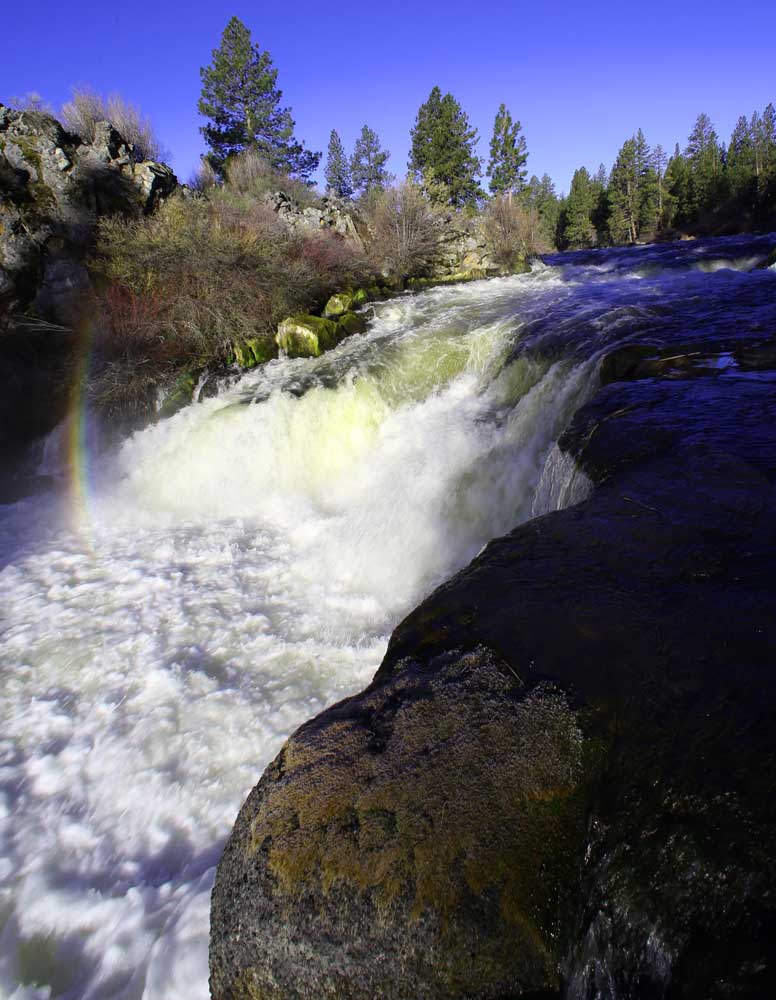Warming shelters offer cozy spaces to dry out and rest
Published 3:45 am Friday, November 26, 2021
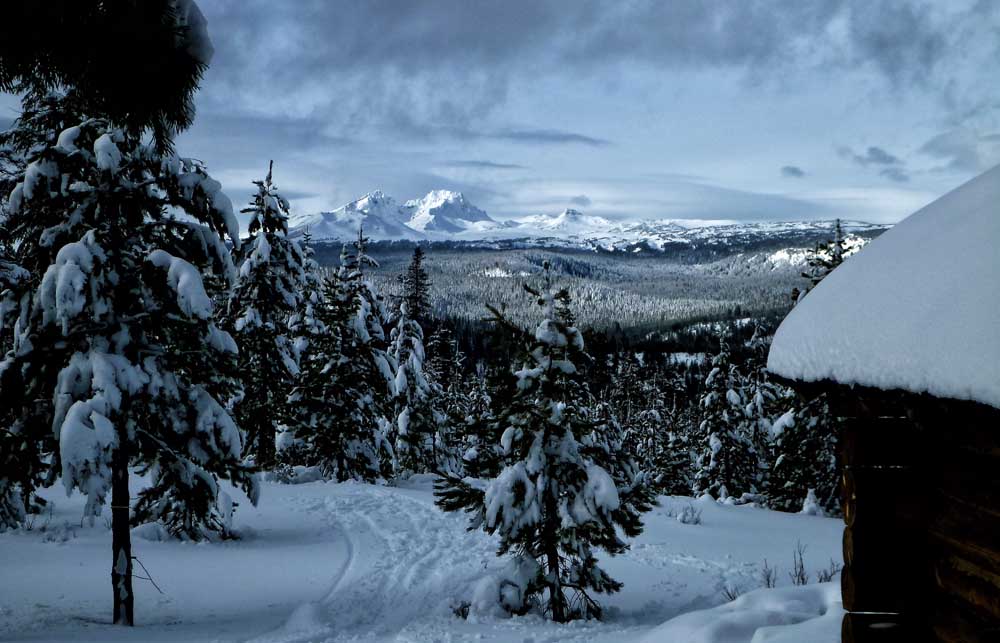
- The splendid view from Swede Shelter.
There is nothing that conjures up the image of a cozy winter day better than sitting by a nice fire with snow falling outside. You may not have that option at home, but if you are a snow sport enthusiast, there are a lot of options for you at nearby sno-parks to play in the snow and enjoy a shelter with a wood stove to warm your fingers and toes.
Some of the shelters require a trip on skis or snowshoes to reach them. But it’s not just snowshoers and skiers that can retreat to the comfort of a shelter when out enjoying winter weather. There are warming huts at the Wanoga Snoplay area, and at a variety of sno-parks in the region. With COVID-19 concerns last winter, many of these shelters were either closed or not stocked with wood. This year, shelters are expected to be open and stocked with firewood.
Trending
Local sno-park options
The shelters range from rustic to downright deluxe. The older and more primitive ones are three-sided structures; newer ones offer more protection from the elements and can be a cozy retreat on a blustery day.
If you are up for a shorter excursion on skis or snowshoes, the most popular local options are the Meissner, Edison and Swampy shelters — all from sno-parks with the same name — and the Jefferson View shelter from Three Creeks Sno-park. These all are within two miles of their respective sno-parks and do not require advanced ski skills. All four have dedicated snowshoe trails as well.
The Nordeen shelter can be reached from either Meissner or Swampy sno-park. Though it is a bit longer trip to the shelter, it’s easily managed by intermediate skiers and shoers. Meissner also offers a spacious trailhead shelter, complete with picnic tables.
For those with stronger ski skills, and more ambitious snowshoers, the AC/DC Shelter at Edison, the Shooting Star Shelter at Meissner and the Swede Shelter (accessible from either Meissner or Swampy) are possibilities.
For snowmobilers, there are two remote shelters: one at Sheridan Mountain, and one at Kwolh Butte. Both are accessed from Edison Sno-park. And there are warming huts at the trailheads at Wanoga, Ray Benson, Tenmile/Paulina Lake.
Trending
Options elsewhere
There are ski and snowshoe options a bit farther afield as well. There are three shelters with a variety of ski terrain and some stunning views out of the Ray Benson Sno-park. Maxwell Butte Sno-park provides access to two shelters. At Willamette Pass, the Gold Lake Sno-park area has four shelters and a trailhead warming hut, and there is a warming hut for snowmobilers at the Junction Sno-park near Crescent Lake.
Are you up for some winter camping? Mountain View Shelter at Maxwell Butte has sleeping platforms to accommodate 12 campers. At Willamette Pass, the Maiden Peak Shelter also is available for overnight use, and can accommodate 12 people. Both are available on a first come basis, and require skiing or snowshoeing to get to them. These are the only local winter shelters where overnight camping is permitted.
Groups that maintain shelters
All those shelters and all that firewood wouldn’t be there without the work of a lot of volunteers. And there are an impressive number of them.
Local volunteer organizations, including LaPine Lodgepole Dodgers, Moon Country Snowbusters, Sisters Trail Alliance, Meissner Nordic, Walker Rim Riders, Central Oregon Nordic Club, Willamette Backcountry Ski Patrol, Mt. Jefferson Snowmobile Club, Sisters Sno-Gofers and the Willamette Chapter of the Oregon Nordic Club all have raised money and contributed volunteer labor to construct and maintain the shelters.
Every fall there is a massive effort to stock firewood. Many of the shelters have no road access, which means much of the firewood needs to be cut locally and split by hand. And for those shelters that do have road access, the volunteers try to coordinate the stocking of wood at the latest possible time before the snow flies, to prevent theft. All in all, hundreds of hours of volunteer work are put in every fall to make sure that people have an enjoyable winter experience.
Shelter etiquette
If you are planning to visit a shelter, the volunteers who maintain them ask you to keep in mind a few guidelines:
• Once the wood is gone, it’s gone. The only opportunity to stock wood is in the fall. The wood will provide the most warmth if it’s burned in the wood stove. Building bonfires quickly depletes the wood supply and creates craters in the snow near the shelters that can pose a safety hazard.
• Please pack out what you packed in.
• Most of the shelters are intended for day use only. Camping nearby is allowed as long as you camp at least 300 feet from the shelter. Overnight stays quickly deplete the firewood, and since the shelters do not have bathrooms or waste disposal, cooking and camping near or in the shelter can make them decidedly unappealing for day use.
If you are interested in maps or more information about the shelters go to the Deschutes National Forest website, or check the web pages for any of the volunteer groups who maintain these places. And think snow!


